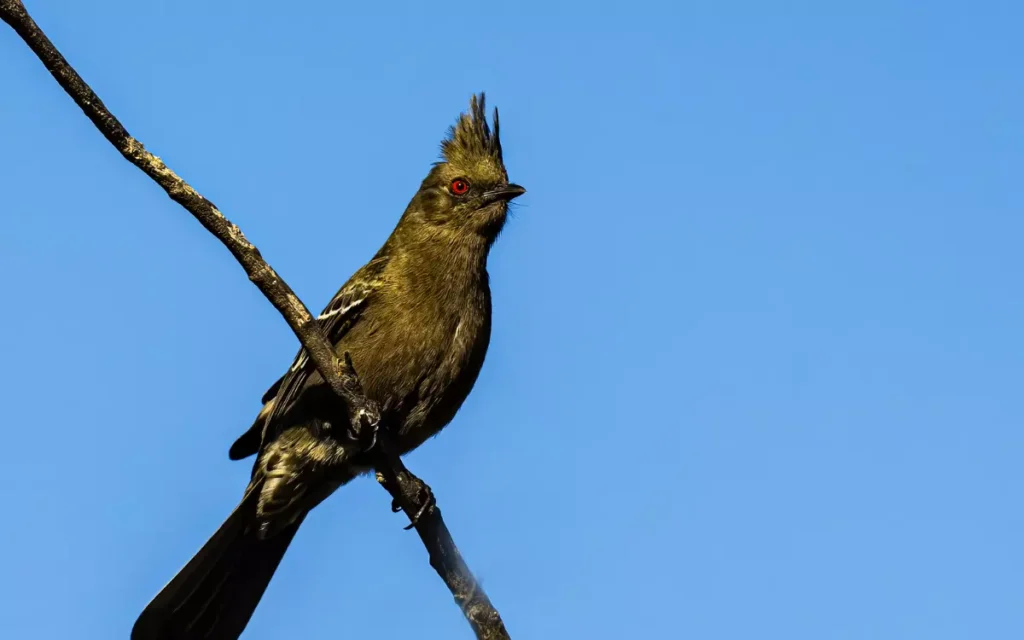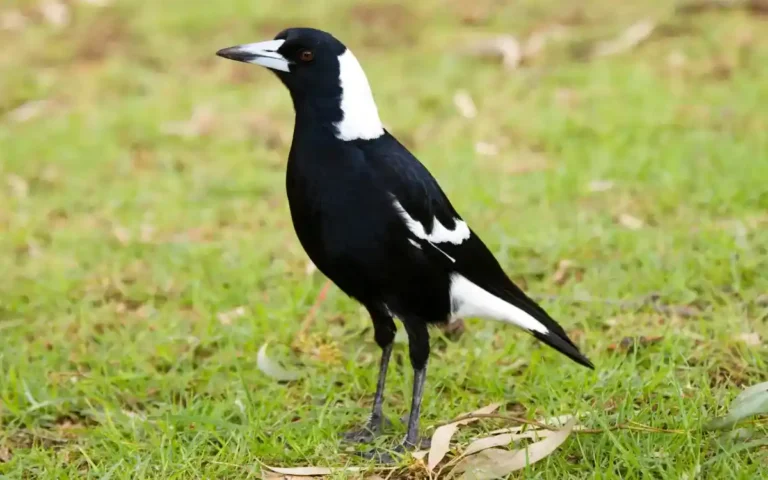8 Bird Similar To Cardinal With Photo

The Northern Cardinal is famous for its bright red color and crest. Many birds look similar in color, shape, or size. Learning about these birds helps us appreciate the variety and beauty of all birds.
List of 8 Bird similar to cardinal:
1.Pyrrhuloxia

The Pyrrhuloxia, often called the Desert Cardinal, is a distinctive bird found in the deserts of the American Southwest and northern Mexico.
It’s known for its gray and red plumage and unique yellow bill. Adapted to arid environments, they feed on insects, seeds, and berries, often visiting backyard feeders.
During breeding season, they are territorial and vocal, but in winter, they join large foraging flocks. Unlike the Northern Cardinal, with which they share territories, they don’t engage in interspecies conflicts.Know more about Pyrrhuloxia.
2.Phainopepla

The Phainopepla, also known as the Northern Phainopepla, is a sleek, crested songbird native to the southwestern United States and Mexico.
It’s characterized by its glossy black plumage in males and gray in females, with distinctive white wing patches visible during flight.
These birds are mainly found in desert washes and woodlands, feeding primarily on mistletoe berries and insects.
Known for their mimicking ability, Phainopeplas are solitary, except in winter when they may forage in groups. They have unique nesting habits and rarely drink water, relying on their diet for hydration.
3.Scarlet Tanager

The Scarlet Tanager is a colorful bird found in North America, notable for the male’s vivid red plumage with black wings and tail during breeding season. Females and non-breeding males are mostly olive-green.
They are known for their distinctive song, which is deeper and hoarser than a robin’s.
These birds are monogamous during the breeding season and migrate long distances between North America and South America. They feed mainly on insects and berries, preferring to forage high in leafy trees or shrubs.
The Scarlet Tanager is a solitary bird, often hard to spot as it stays high in the forest canopy.
Read also: Robin vs Cardinal: Everything you need to know
4.Summer Tanager

The Summer Tanager, notable for its vibrant red males and greenish-yellow females, is a medium-sized songbird found in open woodlands across the southern U.S. and northern Mexico, migrating to Central and South America for winter.
Specializing in feeding on bees and wasps, which they disarm by removing stingers, these birds are distinguished by their chuckling calls and territorial songs.
Females solely construct nests in trees, laying uniquely colored eggs.
Despite their bright coloration, Summer Tanagers can be elusive due to their preference for high tree canopies.
5.Red Crossbill

The Red Crossbill is a small passerine bird in the finch family, known for its specialized, crossed bill.
This unique adaptation allows it to extract seeds from conifer cones with ease, making it a fascinating finch of coniferous woodlands. The males are primarily brick-red with black wings, while females display greenish-yellow coloring.
These birds are somewhat nomadic, often moving in response to the availability of cone crops, and they don’t adhere to a strict migratory pattern. They typically inhabit conifer forests across a wide range, including North America, parts of Eurasia, and northern Africa.
During breeding, which can occur almost any time of the year depending on food availability, the female builds the nest and incubates the eggs. Both parents feed the nestlings.
The Red Crossbill’s feeding and nesting behaviors, along with its distinctive call, make it a unique species within its habitat.
Read also: Blue jay vs Cardinal: Key Difference
6.Pine Grosbeak

The Pine Grosbeak is a large, plump finch found in open coniferous forests, primarily of spruce and fir, across Canada, certain mountainous regions in the West, and subalpine forests in Eurasia.
These birds are strikingly colored, with males showcasing pinkish-red hues and females displaying yellows.
They have a thick and stubby bill, perfect for crushing seeds and nipping off tree buds and needles.
Their diet primarily consists of seeds, buds, berries, and insects, with a special preference for the seeds of conifers.
Pine Grosbeaks are known for their tameness, allowing close human approach, and they are often found sluggishly hopping between branches while foraging.
Breeding typically occurs in evergreen trees, with nests placed on horizontal branches, often near the trunk and concealed by dense vegetation.
These birds are fairly common but their populations are difficult to measure precisely. They are considered a species of low conservation concern.
7.Tufted Titmouse

The Tufted Titmouse, a common songbird in eastern North America, is known for its gray plumage and distinctive crest.
These birds inhabit deciduous forests and are often found visiting feeders, particularly enjoying sunflower seeds. They have large black eyes, a small round bill, and display a curious and active behavior.
These birds are also known for their echoing voice and the recognizable “peter-peter-peter” song. Tufted Titmice are non-migratory, typically staying within their territory year-round. They forage by hopping actively among branches, often hanging upside down or even dropping to the ground for food.
Their diet mainly consists of insects and seeds, with a preference for caterpillars in summer.
During nesting, the female builds the nest in a tree hole or nest box, where she incubates the eggs, and both parents feed the young. These birds are known to store food and use various materials, including animal hair, to line their nests.
8.Vermilion Flycatcher

The Vermilion Flycatcher is a small and striking bird, known for its vivid red coloration in males and more subdued gray-brown with a warm salmon-red blush in females. Common in Central and South America, it also inhabits the southwestern United States.
This species prefers open habitats near water, like wetlands or stream corridors in arid regions, making it fairly easy to spot due to its habit of perching in exposed spots.
Its diet consists primarily of insects, which it catches in mid-air from its perches.
The Vermilion Flycatcher is monogamous, with the female building the nest and both parents feeding the young.
They are known for their “peet-peet” trill call and a pleasant, tinkling flight song. While not currently threatened, they are sensitive to habitat changes.
Frequently Asked Questions:
What is a bird that looks like a cardinal?
The Pyrrhuloxia is often mistaken for the female cardinal due to its similar shape and size. While it shares some similarities with the cardinal, it has distinctive color differences, being mostly gray with red accents, and a bright yellow beak compared to the female cardinal’s orange beak.
What looks like a cardinal but gray?
The bird that looks like a cardinal but is gray is the Pyrrhuloxia. This species is sometimes called the desert cardinal and is found in the Southwest. It has the same impressive crest as the northern cardinal but differs in coloring, as males are mostly gray with red accents.
Is a red bird and a cardinal the same?
Not all red birds are cardinals. While cardinals are known for their vivid red color, other red birds like the Scarlet Tanager, Summer Tanager, and Vermilion Flycatcher also exhibit red plumage but are different species with distinctive features.
What are cardinals related to?
Cardinals are related to several other bird species within the Cardinalidae family. This includes birds like the Scarlet Tanager, which shares some similarities in color and size with the cardinal but has different features such as a tan pointy beak and black wings, compared to the cardinal’s short and orange beak and red wings.
Conclusion:
Several birds look like the Northern Cardinal. The Pyrrhuloxia is gray with red spots and often mistaken for the female cardinal. Others, like the Scarlet Tanager, Pine Grosbeak, House Finch, Purple Finch, and Phainopepla, differ in beak color and wing patterns.






